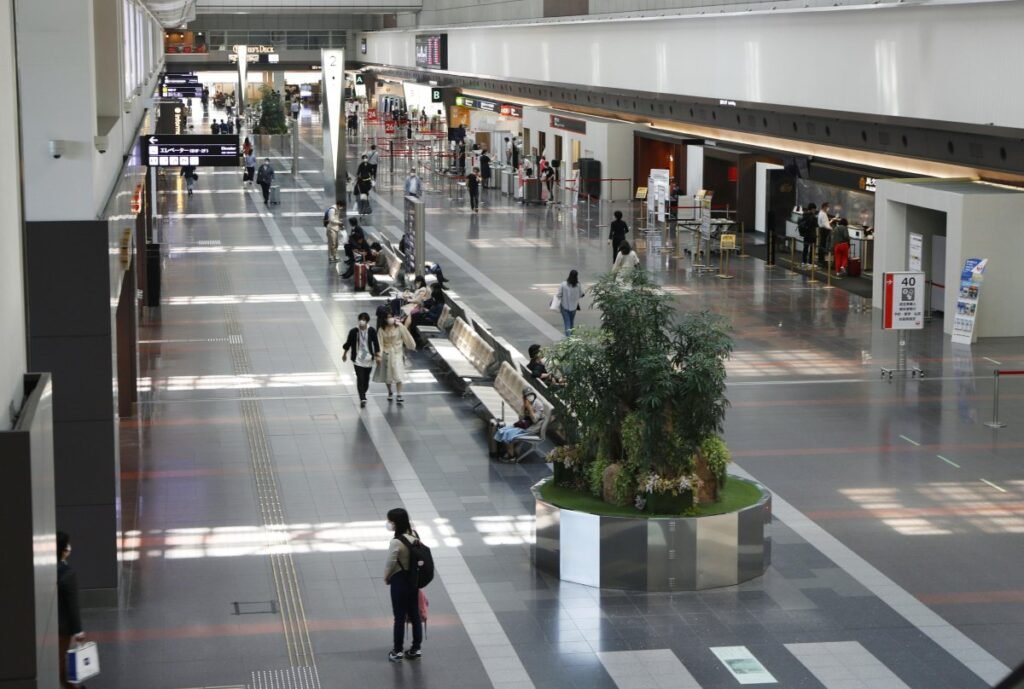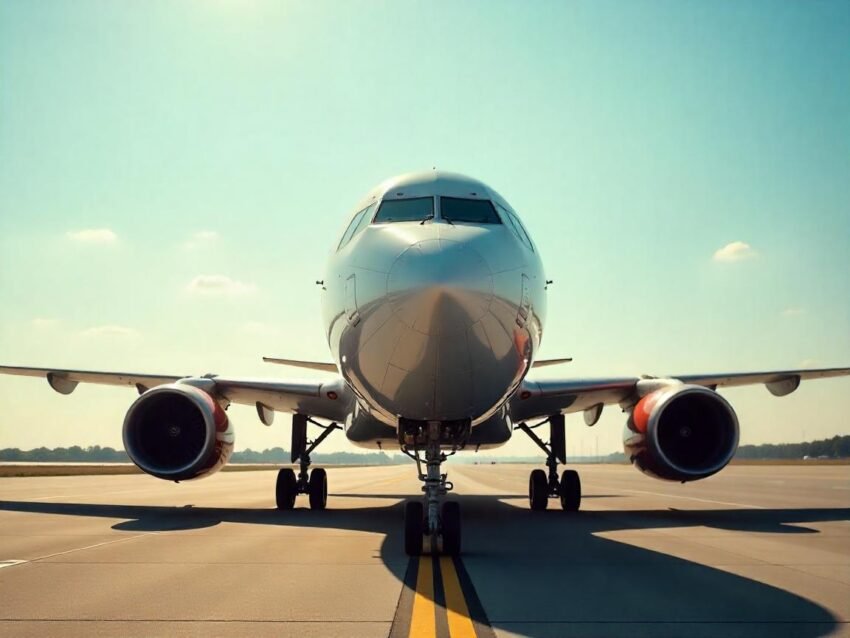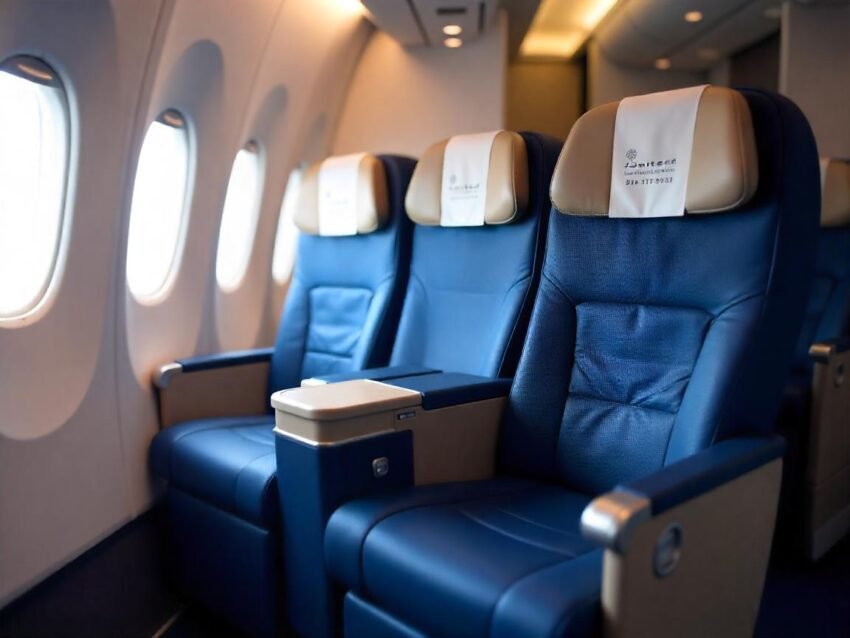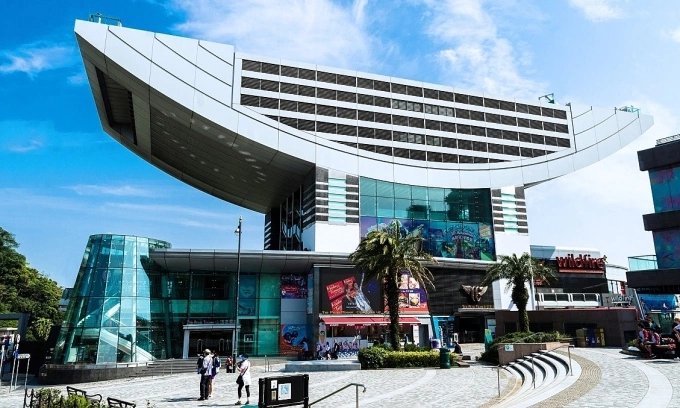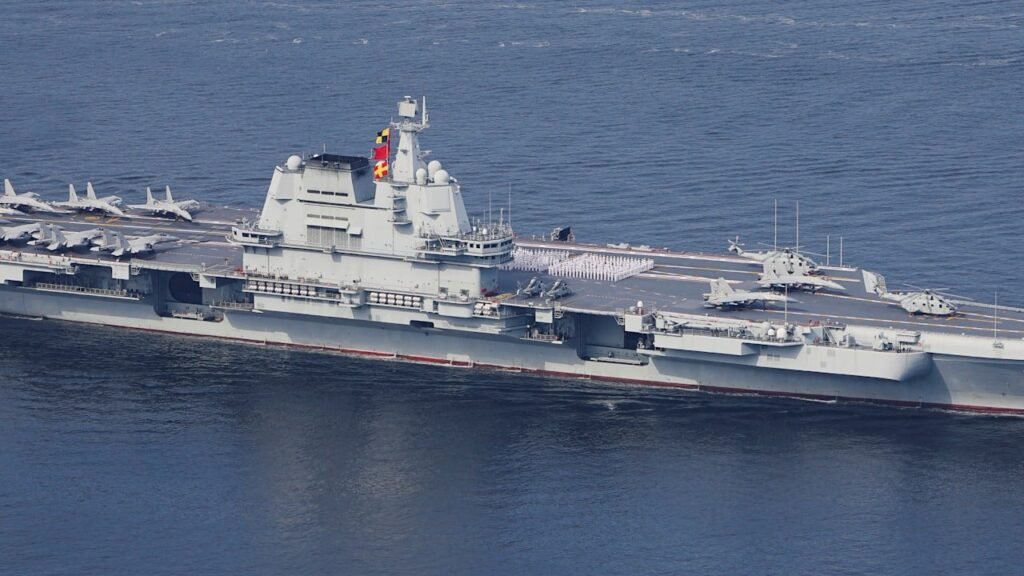Wednesday, July 2, 2025
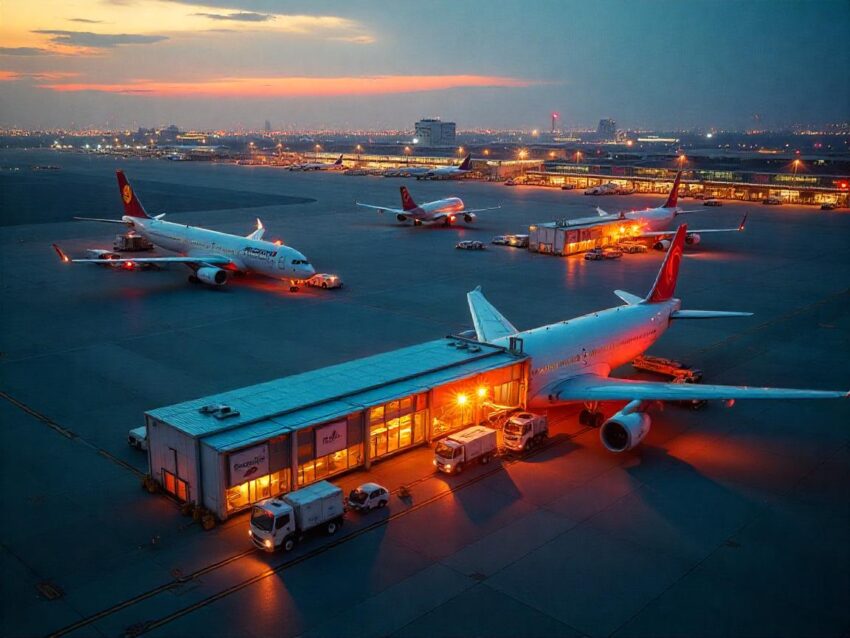
Now, Frankfurt Airport joins Miami International, Brussels, Singapore Changi, Hong Kong, Chicago O’Hare, and Liege in becoming a lifeline fueling pharma cargo, saving lives, and reshaping the travel industry. It’s a new update sending ripples through the medical tourism sector and raising questions about how the future of travel and health will intertwine.
Frankfurt Airport, already a mighty force in Europe, is stepping up alongside Miami International, Brussels, Singapore Changi, Hong Kong, Chicago O’Hare, and Liege, all racing to transform into vital hubs for pharma cargo. Meanwhile, the stakes are rising higher than ever. Lives depend on seamless shipments, and global health rests on the cool corridors of these airports.
However, this isn’t just about cargo. It’s about how airports like Frankfurt, Miami International, Brussels, Singapore Changi, Hong Kong, Chicago O’Hare, and Liege are saving lives and rewriting the very essence of the travel industry.
Moreover, medical tourism is watching with intense curiosity. Patients searching for treatment abroad now weigh not just the expertise of hospitals but whether pharma cargo can travel safely through Frankfurt Airport, Miami International, Brussels, Singapore Changi, Hong Kong, Chicago O’Hare, and Liege.
Suspense swirls in every terminal. The roar of engines carries not only passengers but the pulse of the medical tourism sector’s future.
So, how are Frankfurt Airport, Miami International, Brussels, Singapore Changi, Hong Kong, Chicago O’Hare, and Liege shaping the skies—and saving lives—in this breathtaking new chapter? The answers might just change everything you thought you knew about travel.
A Giant Awakens in Europe’s Heart
In the high-stakes world of global healthcare, a powerful player is rising in the heart of Europe. Frankfurt Airport has emerged as a lifeline for the pharmaceutical industry, moving critical temperature-sensitive cargo with unmatched precision and speed.
As the mercury climbs in Europe’s blistering summers, Frankfurt stands strong. It’s not just an airport—it’s Europe’s beating heart for pharma logistics, ensuring vital medicines, vaccines, and life-saving treatments reach patients worldwide.
Meanwhile, this surge in pharma cargo is reshaping travel industry dynamics, fueling new strategies in aviation, infrastructure, and regional economic growth. The ripple effects are profound—and they’re just getting started.
Location, Location, Location: The Secret to Frankfurt’s Success
Frankfurt Airport sits like a jewel in the powerful Rhine-Main region. Here, economic might converges with logistics genius. Ten of the world’s twenty biggest pharmaceutical producers lie practically in its backyard.
This geographic edge makes FRA a natural powerhouse. In the current summer flight season, 83 airlines connect Frankfurt to 275 destinations across 91 countries. That’s a staggering network, perfectly primed to distribute pharma cargo at record speed.
However, it’s not merely about routes. It’s about reliability. Airlines and logistics providers trust Frankfurt to deliver, no matter the season or soaring temperatures. And in a world increasingly threatened by climate volatility, that reliability is pure gold.
Cool Precision: Frankfurt’s Temperature-Controlled Fortress
Step inside FRA’s cargo facilities, and you enter a realm engineered for scientific precision. More than 22,000 square meters are dedicated to temperature-controlled cargo.
Moreover, 14,000 of those square meters focus solely on handling delicate pharmaceutical products. This isn’t just cold storage. It’s a fortress of technology, designed to protect life-saving substances from the deadly swings of heat and cold.
A fleet of modern vehicles patrols the airport apron, built specifically to transport heat-sensitive goods without a single degree of fluctuation. In the world of pharma, where a tiny temperature spike can render medicines useless, that kind of control is nothing short of revolutionary.
Pharma Cargo: The Hidden Engine of Global Travel Resilience
Frankfurt Airport’s pharma operations may seem distant from the glittering world of tourism. However, they are deeply connected. The steady flow of pharmaceutical products underpins economic stability, secures critical supply chains, and keeps nations healthy—all of which fuel confidence in travel.
Moreover, pharma cargo has become a major economic driver for airlines battered by pandemic-era losses. Around 200,000 tonnes of pharmaceutical and healthcare freight pass through FRA annually. For many carriers, these high-value shipments now form a vital revenue stream alongside passenger traffic.
Meanwhile, regions relying on tourism need stable healthcare logistics to reassure travelers. Tourists want safe destinations, secure medical supplies, and confidence that help is available if illness strikes abroad. Frankfurt Airport, by safeguarding pharma flows, quietly supports this foundation of trust in global travel.
The Heat Is On: Climate Change Fuels Demand for Pharma Hubs
The stakes have never been higher. Europe’s record-breaking summers have exposed the fragility of traditional cargo networks. Temperatures soar above 40 degrees Celsius, threatening the safe transport of medicines, vaccines, and critical healthcare products.
However, Frankfurt Airport has built its infrastructure to endure these punishing extremes. Its facilities are not just chilled—they’re meticulously engineered for precise climate management.
As a result, pharmaceutical giants increasingly pivot toward FRA, seeking partners who can guarantee consistent conditions. Meanwhile, other European airports scramble to match this level of technological sophistication.
Climate change is rewriting aviation logistics. Frankfurt Airport isn’t merely reacting—it’s setting the pace for an industry forced to adapt.
Regional Ripple Effect: Economic Growth and Job Creation
Frankfurt’s rise as a pharma hub fuels more than just cargo volumes. It’s creating jobs, driving investment, and elevating the entire Rhine-Main region as a global logistics powerhouse.
Thousands of specialists—from warehouse technicians to cold-chain engineers—now find steady work in pharma logistics. Training programs and certifications multiply as demand surges.
Meanwhile, regional tourism benefits from this robust economic engine. A thriving logistics sector means higher employment, increased disposable income, and greater confidence in infrastructure. Tourists arriving in Frankfurt find a city buzzing with activity and innovation, where modern industries seamlessly support leisure travel.
Pharma Cargo Becomes a Strategic Priority for Airlines
Airlines once treated cargo as an afterthought. Now, it’s a central pillar of strategy. Pharma shipments command premium rates and build strong relationships with high-profile clients.
Carriers are investing heavily in specialized aircraft compartments, cold-chain monitoring technology, and staff training. For airlines operating out of FRA, pharma cargo provides a vital hedge against market downturns.
Meanwhile, airports worldwide study Frankfurt’s model. They’re eager to replicate its success, blending passenger services with high-value logistics to diversify revenue streams.
Moreover, investors view airports like FRA as safe bets in a volatile travel market, precisely because of stable cargo demand.
Global Healthcare Depends on Frankfurt
Beyond economics, the moral weight of Frankfurt’s pharma hub is profound. As pandemics, new diseases, and chronic conditions challenge healthcare systems worldwide, the ability to move medicines swiftly and safely has become a global necessity.
FRA is uniquely positioned to meet this demand. Its cargo community operates under strict certifications and quality standards that ensure life-saving products reach patients in perfect condition.
Moreover, 74 percent of companies involved in FRA’s cargo community predict continued growth in the pharma sector. They see Frankfurt’s hub not merely as a business opportunity—but as an essential link in the chain of global health.
Frankfurt Airport Shapes the Future of Travel
Frankfurt Airport’s story is more than an industrial success. It’s a blueprint for how travel and logistics intertwine in the modern world.
Travelers today demand reliability, safety, and sustainability. They want assurance that the places they visit can handle emergencies and protect their health. Meanwhile, airlines and airports can’t afford to ignore cargo’s power to stabilize finances and drive growth.
Frankfurt Airport has stepped forward as a model of how to blend passenger travel with strategic cargo operations. It’s redefining what it means to be a modern hub—and showing the entire travel industry that resilience, technology, and adaptability are the keys to thriving in uncertain times.
Because in a world forever changed by pandemics and climate threats, Frankfurt’s cold corridors aren’t just storage rooms. They’re lifelines for global tourism, economic security, and the health of millions.
And that makes Frankfurt Airport Europe’s true gateway—not just to destinations, but to hope.
Airports are no longer just gateways for travelers chasing sunsets or business deals—they’ve turned into global lifelines pulsing with a new purpose. Mega hubs like Miami, Dubai, and Frankfurt are stepping onto the world stage, not only moving people but fueling pharma cargo that saves lives and protects global health.
Inside hangars chilled like winter air, precious medicines, vaccines, and critical treatments flow with silent urgency. Meanwhile, runways blaze under scorching suns, yet delicate cargo stays perfectly cool, shielded by technology and human expertise.
However, this hidden world isn’t just about logistics. It’s rewriting how the travel industry thinks about resilience, safety, and the future.
Moreover, as pandemics, climate shifts, and new diseases test humanity’s resolve, these airports are proving themselves as more than mere transit points—they’re guardians of life and hope.
So, how are these aviation giants reshaping our world beyond the boarding gates? Let’s dive into the revolution happening under our very feet.
The Sky Becomes a Lifeline for Global Health
There’s a quiet revolution sweeping the world’s airports. Beyond the bustling passenger terminals and duty-free shops, a different kind of traffic pulses through hidden corridors, moving silently but with monumental impact.
This is the world of pharmaceutical logistics—a global lifeline powered by airports like Miami, Dubai, Frankfurt, and many others. These hubs are no longer just gateways for travelers. They’re evolving into critical nodes that keep the world’s healthcare system alive.
From life-saving vaccines to delicate biologics, the cargo moving through these airports is redefining the role of aviation. Meanwhile, it’s quietly transforming how the travel industry thinks about resilience, infrastructure, and the future.
Miami International: America’s Pharma Powerhouse
In the United States, no airport is making waves in pharma quite like Miami International Airport (MIA). Once best known as a sun-soaked gateway to Latin America, Miami has become the continent’s top pharma hub.
More than 400,000 tons of pharma and perishable goods move through MIA each year. The airport boasts over a million square feet of cool-chain storage. Meanwhile, it’s connected to key pharma production centers in Europe and North America.
However, Miami’s real power lies in its Latin American ties. As pharmaceutical giants ship temperature-sensitive drugs south, MIA’s certified infrastructure ensures products arrive safe and viable.
This growing pharma trade is also a financial lifeline for airlines flying out of Miami. High-value cargo brings revenue stability, allowing carriers to reinvest in new routes and services that benefit leisure and business travelers alike.
Brussels Airport: Europe’s Cool-Chain Champion
Across the Atlantic, Brussels Airport has carved out a reputation as Europe’s premier pharma hub. It was the first European airport to earn IATA’s CEIV Pharma certification for its entire cargo community.
With 30,000 square meters of temperature-controlled facilities, Brussels is built for precision. Digital tools track shipments from tarmac to warehouse, ensuring fragile medical cargo never slips outside its required temperature band.
Meanwhile, the airport’s pharma community collaborates in real time, forming a cohesive network that rivals even the biggest logistics operations.
Europe’s pharmaceutical powerhouses—Germany, Belgium, Switzerland—rely on Brussels to get their products to the world. And as Brussels excels in pharma, it reinforces its standing as a critical aviation hub, driving regional economic strength and supporting travel growth.
Changi Airport: Asia’s Pharma Gateway
In Southeast Asia, Singapore Changi Airport is redefining how a passenger-focused hub can also be a logistics powerhouse. Changi has invested deeply in pharma infrastructure, creating a thriving cool-chain network.
It’s more than just cold rooms and thermally protected dollies. Changi is a digital leader, enabling real-time shipment visibility that gives pharmaceutical companies and airlines the confidence to push further into global markets.
Changi’s location makes it a perfect bridge between Asian pharma producers and destinations across Europe, the Middle East, and Australia. Meanwhile, its cargo operations fuel broader economic growth, enabling airlines to maintain strong passenger networks despite shifting demand patterns.
Moreover, Singapore’s pharma expertise has become a powerful marketing asset. Travelers see a nation deeply committed to health and safety, reinforcing confidence in Singapore as a premier tourism destination.
Dubai’s Twin Giants: DXB and DWC Forge the Middle East’s Pharma Corridor
Dubai International Airport (DXB) and Dubai World Central (DWC) are transforming the Middle East into a pharma logistics titan. Together, they form the Dubai Pharma Corridor—a logistics bridge connecting Europe, Africa, and Asia.
Dubai’s desert climate is unforgiving. Yet, the airports boast world-class infrastructure that keeps pharmaceuticals at exact temperatures, even when outside conditions soar above 45°C.
This capability has made Dubai a key hub for COVID-19 vaccine distribution and other urgent medical supplies. Meanwhile, airlines like Emirates SkyCargo have invested in specialized aircraft compartments and seamless ground handling to protect sensitive cargo.
As Dubai solidifies its role, the city’s reputation grows not only as a luxury tourism hotspot but also as a strategic logistics hub. It’s a powerful synergy driving both cargo and passenger sectors forward.
Hong Kong and Shanghai: Asian Giants Powering Pharma Trade
Asia’s economic engines are also ramping up pharma capacity. Hong Kong International Airport, already the world’s largest cargo hub, handles vast volumes of pharmaceutical freight destined for Europe and North America.
Despite geopolitical tensions, Hong Kong maintains robust cool-chain facilities and digital tracking. Meanwhile, Shanghai Pudong Airport is expanding aggressively, building out new temperature-controlled areas and digitized customs processes to keep pace with China’s growing biopharma sector.
These Asian hubs serve a dual purpose: supporting booming domestic markets and acting as global gateways for pharmaceutical giants.
Moreover, they reinforce confidence in Asia as a safe, efficient travel destination, boosting tourism even as logistics volumes surge.
Vienna and Liege: Europe’s Strategic Connectors
Beyond the giants like Frankfurt and Brussels, smaller European airports are emerging as pharma specialists.
Vienna International Airport has crafted a niche serving Central and Eastern Europe. Its modern facilities and strategic location make it a bridge between Western pharmaceutical manufacturers and Eastern European markets.
Meanwhile, Liege Airport in Belgium has risen as a major e-commerce and pharma hub. It offers lower costs than bigger airports while delivering highly specialized pharma handling. As pharma cargo grows, Liege is seeing a boost in economic activity and regional tourism.
These smaller airports prove that even mid-sized hubs can wield significant influence over global pharma logistics—and reap tourism benefits in return.
The Ripple Effect: Pharma Cargo Fuels Travel Industry Stability
Why does all this matter for the travel industry? Because pharma cargo has become a hidden stabilizer for airlines and airports navigating volatile markets.
High-value pharma shipments bring steady revenue. During the pandemic, when passenger flights evaporated, pharma cargo kept planes flying and airports open.
Moreover, the presence of strong pharma logistics reassures travelers. People want to visit destinations where medical supply chains are robust and reliable. It’s an invisible but crucial piece of how tourism recovers and grows.
Pharma also spurs investment in airport infrastructure, indirectly improving passenger services, security, and efficiency. It’s all connected.
The Future Is Cool, Precise, and Global
Looking ahead, the importance of pharma hubs will only grow. Climate change is pushing airports to invest in smarter, greener cooling systems. Meanwhile, pharmaceutical innovations like biologics demand even stricter temperature controls.
Digitalization will be the next frontier. Airports will deploy AI and real-time monitoring to protect shipments and ensure transparency. This tech revolution will ripple into passenger services, improving the travel experience for everyone.
The message is clear: airports are no longer just gateways for travelers. They’re becoming lifelines for global health—and engines of stability for the travel industry.
So next time you board a flight from Miami, Dubai, or Frankfurt, remember this hidden world humming beneath the runways. Because those cold corridors, sealed containers, and flashing sensors aren’t just moving cargo. They’re moving hope. And they’re shaping the future of travel itself.
«Enjoyed this post? Never miss out on future posts by following us»



